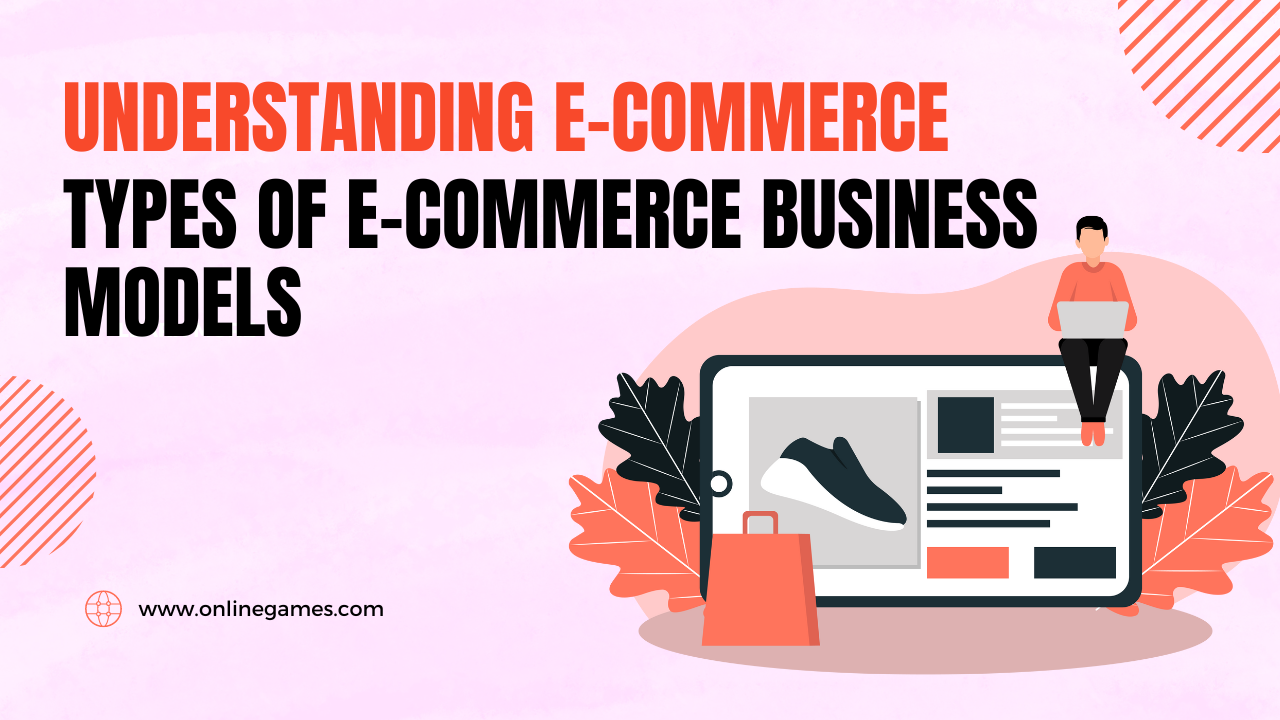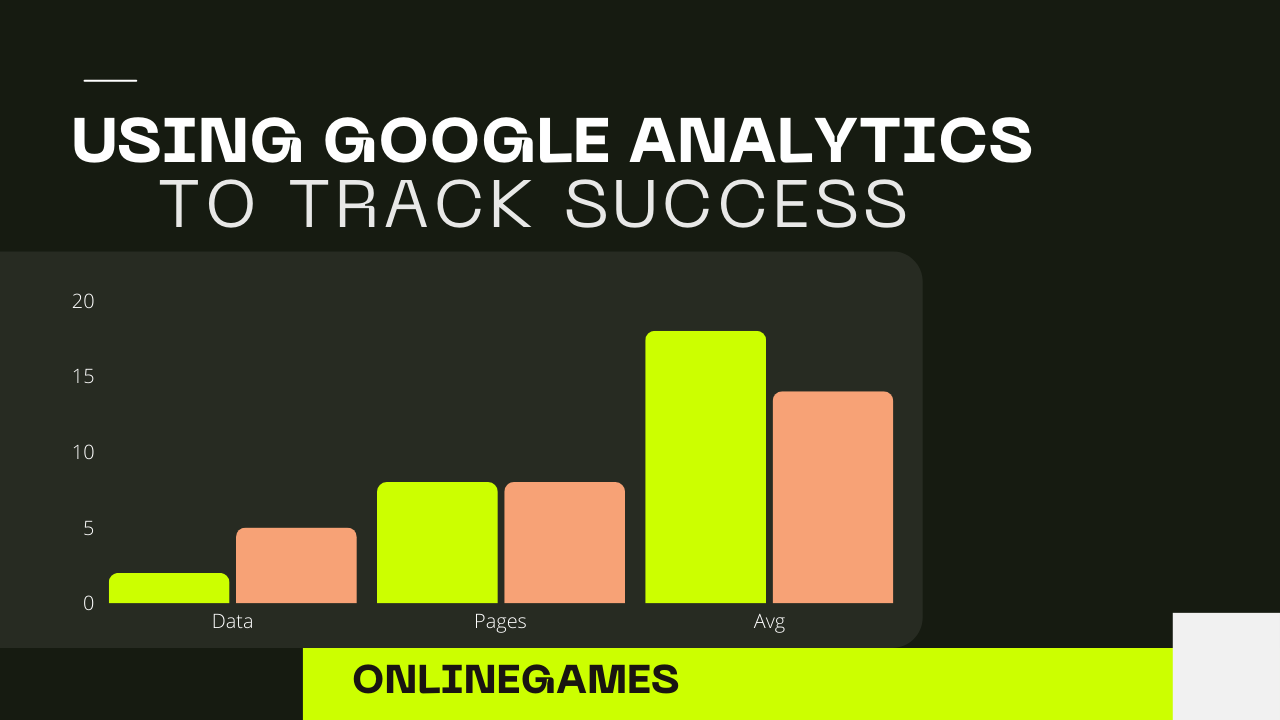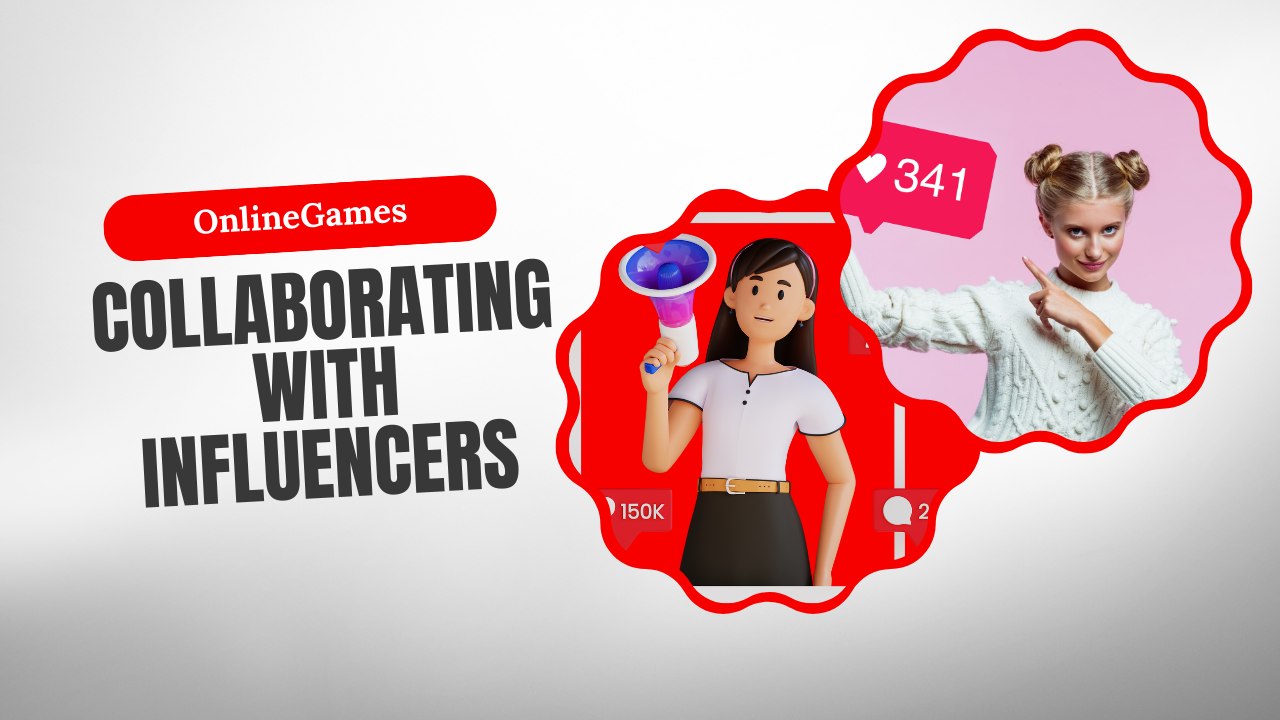E-commerce, the digital frontier of the modern business world, has revolutionized the way we buy and sell goods and services. As the global market continues to evolve, understanding the various e-commerce business models becomes crucial for entrepreneurs, investors, and consumers alike. This comprehensive guide delves into the different types of e-commerce business models, exploring their unique characteristics, advantages, and real-world applications.
What is E-Commerce?
E-commerce, short for electronic commerce, refers to the buying and selling of goods or services using the internet, and the transfer of money and data to execute these transactions. This sector has seen exponential growth, fueled by technological advancements and shifting consumer behaviors. E-commerce encompasses a wide array of business activities from online retail to electronic transactions between businesses.
Types of E-Commerce Business Models
1. Business-to-Consumer (B2C)
B2C e-commerce is the most common and widely recognized business model. It involves businesses selling products or services directly to individual consumers. This model has been popularized by online retail giants such as Amazon, eBay, and Walmart.
Characteristics:
- Direct Sales: Companies sell directly to consumers, eliminating the need for intermediaries.
- Wide Product Range: Offers a vast array of products and services, from groceries to electronics.
- User-Friendly Interface: Emphasizes a seamless shopping experience with easy navigation and multiple payment options.
Advantages:
- Convenience: Consumers can shop from anywhere, at any time.
- Broad Reach: Businesses can reach a global audience without the limitations of physical locations.
- Cost Efficiency: Reduces overhead costs associated with physical stores.
Example: Amazon, with its vast product catalogue and user-friendly platform, exemplifies the B2C model, offering consumers convenience and competitive pricing.
2. Business-to-Business (B2B)
B2B e-commerce involves transactions between businesses. This model is typically characterized by higher transaction values and volume compared to B2C, as it caters to the wholesale market.
Characteristics:
- Bulk Transactions: Deals with large quantities and bulk orders.
- Long Sales Cycles: Involves longer negotiation and sales cycles.
- Customized Solutions: Often offers tailored products and services to meet specific business needs.
Advantages:
- Streamlined Operations: Enhances efficiency in the procurement and supply chain process.
- Cost Savings: Businesses benefit from reduced procurement costs and economies of scale.
- Enhanced Relationships: Fosters strong, long-term partnerships between businesses.
Example: Alibaba, a leading B2B platform, connects manufacturers with retailers and distributors worldwide, facilitating large-scale transactions and international trade.
3. Consumer-to-Consumer (C2C)
C2C e-commerce enables individuals to sell products or services to other individuals. This model has been propelled by platforms that facilitate peer-to-peer transactions, such as eBay and Craigslist.
Characteristics:
- User-Generated Listings: Individuals create listings to sell products or services.
- Auction or Fixed Prices: Sales can be conducted through auctions or at fixed prices.
- Diverse Product Range: Offers a wide variety of new and used goods.
Advantages:
- Marketplaces: Provides a platform for individuals to buy and sell without the need for a physical store.
- Accessibility: Allows anyone to participate, democratizing the selling process.
- Low Overhead: Sellers incur minimal costs compared to running a traditional business.
Example: eBay allows individuals to list items for auction or direct sale, connecting buyers and sellers across the globe in a digital marketplace.
4. Consumer-to-Business (C2B)
C2B e-commerce is a unique model where individuals sell products or offer services to businesses. This model is increasingly relevant in the gig economy, where freelancers and individual contractors provide services to companies.
Characteristics:
- Service-Oriented: Focuses on providing services rather than tangible products.
- Bidding Systems: Often involves bidding or proposals for services.
- Custom Solutions: Offers customized solutions based on business needs.
Advantages:
- Flexibility: Individuals have the freedom to set their terms and rates.
- Cost-Effectiveness: Businesses can access a wide range of skills and services without long-term commitments.
- Innovation: Encourages a diverse range of innovative solutions and ideas.
Example: Platforms like Upwork and Freelancer connect businesses with freelancers who offer specialized services such as graphic design, writing, and software development.
5. Business-to-Government (B2G)
B2G e-commerce involves transactions between businesses and government entities. This model includes the supply of products and services to government agencies.
Characteristics:
- Regulated Procurement: Transactions are governed by strict regulations and procurement processes.
- High Volume: Typically involves large-scale contracts and orders.
- Specialized Services: Often requires specialized products or services that meet government standards.
Advantages:
- Stable Contracts: Offers stability through government contracts, which are often long-term and high-value.
- Market Access: Provides access to significant market opportunities within the public sector.
- Trust and Reputation: Build credibility through association with government projects.
Example: Companies like IBM and Oracle frequently engage in B2G e-commerce, providing technology solutions and services to various government departments and agencies.
6. Government-to-Business (G2B)
G2B e-commerce refers to transactions where the government provides products, services, or information to businesses. This model includes the provision of regulatory information, tax services, and government procurement processes.
Characteristics:
- Information Dissemination: Government provides crucial information and resources to businesses.
- Regulatory Compliance: Helps businesses comply with legal and regulatory requirements.
- E-Procurement: Facilitates government procurement processes through digital platforms.
Advantages:
- Efficient Services: Streamlines interactions between government and businesses, reducing administrative burden.
- Transparency: Promotes transparency in government dealings and procurement.
- Access to Resources: Provides businesses with valuable information and resources to aid in compliance and growth.
Example: Websites like the U.S. General Services Administration (GSA) offer procurement opportunities, regulatory guidelines, and support services to businesses.
Emerging E-Commerce Business Models
1. Subscription-Based E-Commerce
Subscription-based e-commerce involves businesses offering products or services on a subscription basis, providing consumers with regular deliveries or access for a recurring fee.
Characteristics:
- Recurring Revenue: Generates predictable, recurring revenue streams.
- Customer Loyalty: Encourages long-term customer relationships and loyalty.
- Curated Offerings: Often features curated or personalized product selections.
Advantages:
- Steady Cash Flow: Provides businesses with a consistent revenue stream.
- Customer Retention: Enhances customer retention through continuous engagement.
- Scalability: Easily scalable with the potential for a broad customer base.
Example: Companies like Dollar Shave Club and Netflix exemplify this model, offering convenient, recurring services in grooming products and entertainment.
2. Dropshipping
Dropshipping is an e-commerce model where businesses sell products without holding inventory. When a sale is made, the product is purchased from a third party and shipped directly to the customer.
Characteristics:
- No Inventory: Eliminates the need to maintain stock or inventory.
- Low Overhead: Reduces upfront costs and overhead expenses.
- Flexible Operations: Allows businesses to offer a wide range of products without logistical challenges.
Advantages:
- Cost Efficiency: Minimizes initial investment and risk.
- Wide Product Range: Enables businesses to offer diverse products without warehousing.
- Scalability: Supports rapid business growth and expansion.
Example: Online stores like Oberlo and Shopify support dropshipping, allowing entrepreneurs to launch e-commerce businesses with minimal investment.
The e-commerce landscape is vast and varied, offering numerous opportunities for businesses and individuals alike. From traditional models like B2C and B2B to innovative approaches like dropshipping and subscription services, understanding these e-commerce business models is essential for navigating and succeeding in the digital marketplace.










